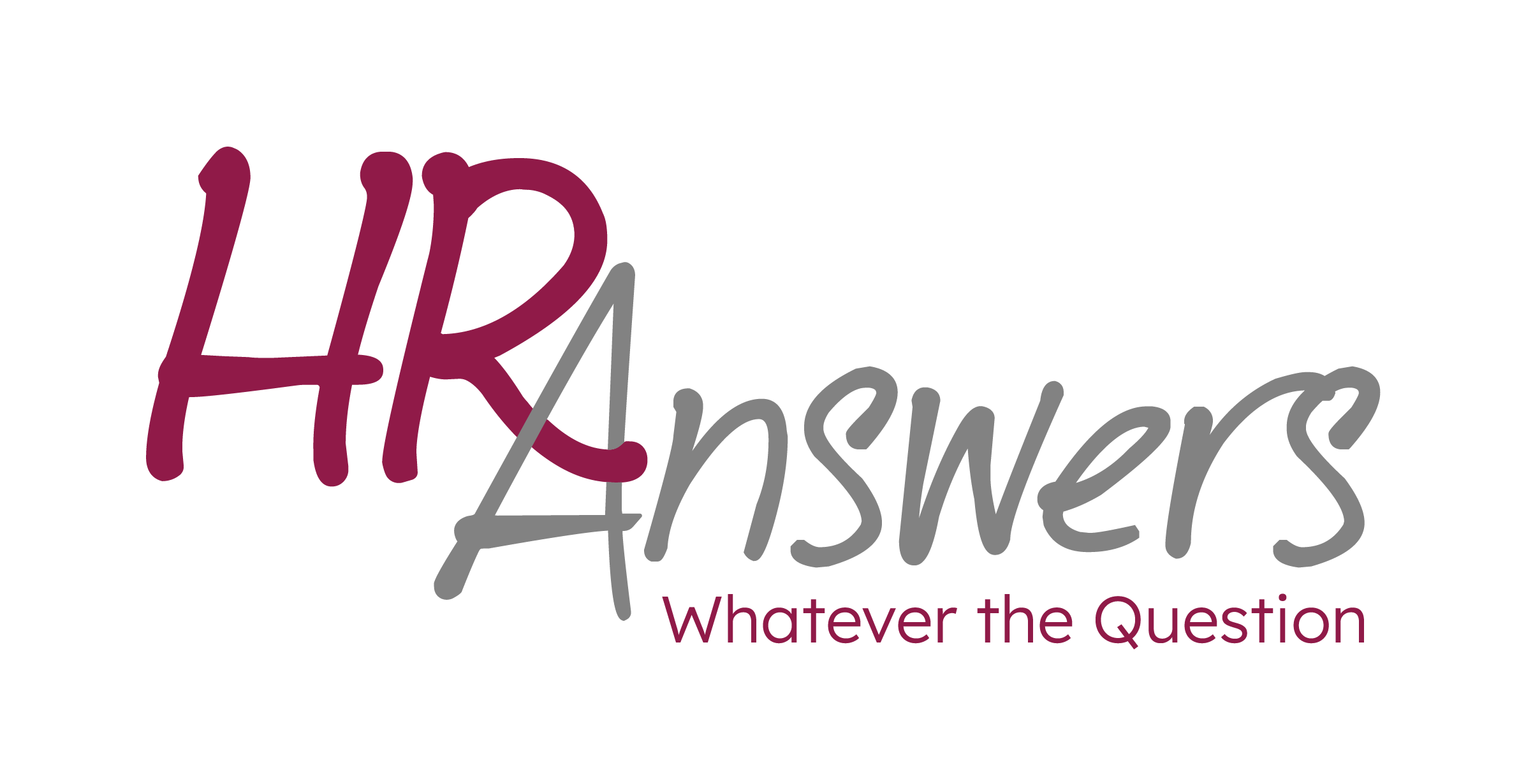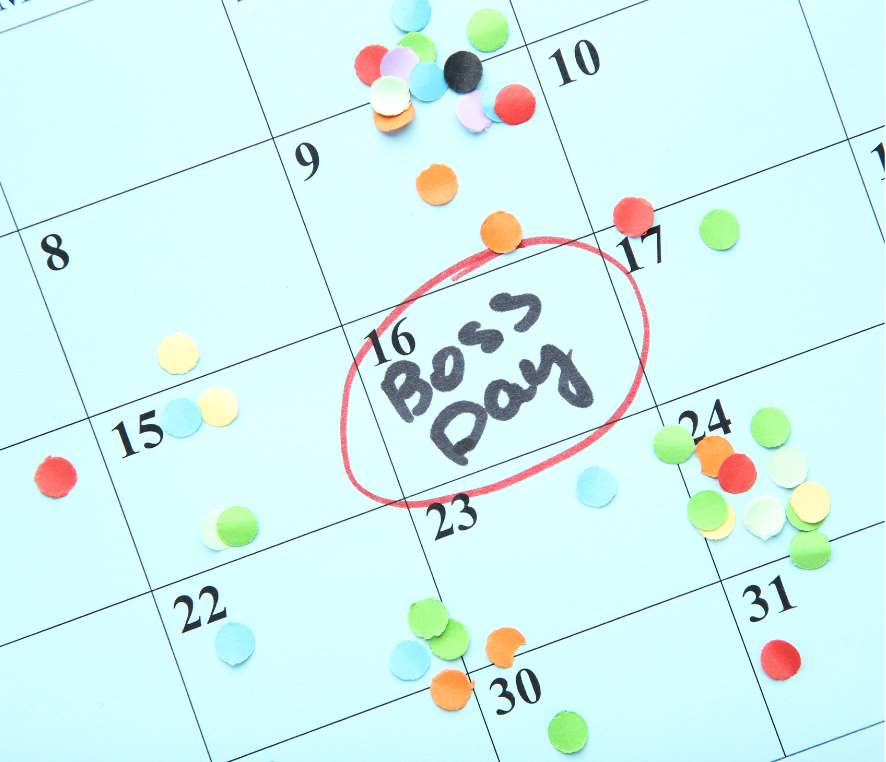National Chocolate Day: Add A Bit Of Sweetness And Humor To The Workplace
Ah, National Chocolate Day—a day that beckons us to put aside our calorie concerns, embrace our sweet tooth, and revel in the universal delight that is chocolate. Whether you’re a fan of dark, milk, or white, chocolate has a magical way of turning even the dreariest of workdays into something, well, a bit more palatable. So, in the spirit of this delicious holiday, let’s explore how adding a little sweetness and humor to the workplace can transform your office into a veritable Wonka Wonderland.
1. The Chocolate Delivery Debacle
Picture this: It’s 9:00 a.m., the office is still waking up, and in strolls a delivery person carrying a box labeled “URGENT: CHOCOLATE INSIDE.” Naturally, this causes quite the stir. Eyes widen, stomachs rumble, and suddenly everyone’s interested in who’s sending you gifts.
As you open the box, your colleagues gather around like curious children on Christmas morning. But instead of the expected assortment of gourmet chocolates, you find…a single bar of chocolate, accompanied by a note: “Sorry, budget cuts.” Cue the collective sighs of disappointment, but also the laughter—because who can resist a good office prank?
Of course, this is the perfect opportunity to lighten the mood. With a grin, you break the chocolate bar into tiny pieces and distribute them like you’re Robin Hood sharing his spoils. It’s a small gesture, but it’s enough to remind everyone that it’s not about the quantity of chocolate—it’s about the joy of sharing it, even in the most ridiculous circumstances.
2. The Great Chocolate Debate
Now, no National Chocolate Day would be complete without the inevitable office debate: which type of chocolate reigns supreme? The office quickly divides into three camps—Dark, Milk, and White—each fiercely defending their choice like it’s a matter of life and death.
“Dark chocolate is basically a health food,” someone argues, citing the antioxidant benefits as they munch on a 90% cacao bar that could double as a doorstop.
“Milk chocolate is the perfect balance,” counters another, brandishing a classic Hershey’s bar. “It’s sweet, creamy, and just indulgent enough.”
And then there’s the white chocolate enthusiast, who calmly chimes in, “You know, technically, white chocolate isn’t really chocolate.”
This bombshell has the room erupting into good-natured groans! But amidst the friendly ribbing, there’s a shared understanding: whatever your preference, chocolate in any form is a cause for celebration.
3. The Case of the Disappearing Chocolate
Let’s talk about the real mystery of the office—how chocolate left in the communal kitchen mysteriously vanishes within minutes. It doesn’t matter how well you hide it or how clearly you label it as your own. Once chocolate enters the office ecosystem, it’s only a matter of time before it evaporates into thin air.
Of course, you could go on a Sherlock Holmes-style investigation, meticulously tracking who has been in the kitchen at what time, and analyzing chocolate wrapper crumbs like forensic evidence. But in the end, the culprit is always the same: the universal law of chocolate gravity—what goes into the office must disappear.
Instead of fretting over your lost treat, why not turn it into an office-wide game? Post a playful ransom note on the fridge: “To whoever stole my chocolate, you have 24 hours to return it…or face the wrath of a caffeine-deprived colleague.” Odds are, the chocolate won’t come back, but the laughs you’ll get from the increasingly absurd responses are a worthy consolation prize.
4. Chocolate as an Office Negotiation Tool
In the world of HR and management, we all know that negotiations can be tricky. But on National Chocolate Day, you have a secret weapon: chocolate. Need to persuade someone to take on an extra task? Slide a truffle their way. Trying to smooth over a disagreement? Offer a peace offering in the form of a chocolate bar.
Chocolate, it turns out, is a universal language. It’s amazing how quickly office disputes can be resolved when a bowl of chocolate-covered almonds is placed in the middle of the table. Suddenly, everyone’s more willing to compromise, and the atmosphere becomes much more amicable.
It’s not bribery, per se. Let’s call it “strategic morale boosting.” Just remember: with great chocolate power comes great responsibility. Use your chocolate-fueled negotiation skills wisely.
5. The Chocolate Overload
Of course, there’s always the risk of overindulging on National Chocolate Day. We’ve all seen it happen: one minute, someone’s savoring a single square of chocolate, and the next, they’re in the throes of a sugar-induced frenzy, eyes wide and hands shaking as they tear into yet another candy bar.
Before you know it, the office has descended into chaos. People are talking a mile a minute, productivity is through the roof, and someone is inexplicably trying to write a report in Comic Sans. It’s all fun and games until the inevitable sugar crash hits.
To avoid a chocolate catastrophe, consider organizing a chocolate-tasting event with small, manageable portions. Encourage everyone to savor the flavors and pace themselves. After all, National Chocolate Day should be a marathon, not a sprint.
6. Chocolate-Inspired Team Building
Why not use National Chocolate Day as an excuse for some team-building activities? After all, chocolate is the ultimate unifier, capable of bringing together even the most disparate personalities.
Organize a chocolate-themed trivia contest with questions ranging from “What’s the difference between cacao and cocoa?” to “How many pounds of chocolate does the average American consume each year?” (Hint: it’s more than you think.)
Or, if your team is up for a bit of a challenge, how about a chocolate relay race? Participants have to balance a piece of chocolate on a spoon while navigating an obstacle course. The winner gets a giant chocolate bar as a trophy (and probably a few new friends along the way).
These lighthearted activities can foster camaraderie and give everyone a much-needed break from their daily grind. Plus, it’s hard to take yourself too seriously when you’re trying to balance chocolate on a spoon.
7. The Office Chocolate Awards
As the day winds down, cap off your National Chocolate Day celebration with an awards ceremony. Create fun, tongue-in-cheek categories like “Most Likely to Sneak Chocolate into a Meeting,” “Best Chocolate Stash,” and “Biggest Chocolate Debate Champion.”
Hand out small chocolate prizes or certificates—nothing too fancy, just something to acknowledge the chocolate-related quirks that make your office unique. It’s a chance to celebrate your colleagues’ personalities, recognize their contributions to office culture, and, most importantly, share a few more laughs before the day ends.
8. The Aftermath: Surviving the Post-Chocolate Day Slump
As the sugar rush subsides and the office returns to its usual rhythm, there’s a certain bittersweet feeling that settles in. National Chocolate Day is over, and the reality of a chocolate-less tomorrow looms large. But fear not, dear reader! The lessons of the day can carry you through even the dullest of office hours.
Remember the joy of sharing (even if it’s just a tiny square of chocolate), the power of humor in diffusing tension, and the magic of a well-timed sweet treat. These are the little things that can make any workday better, long after the last chocolate wrapper has been tossed.
And if all else fails, there’s always the emergency chocolate stash in your desk drawer. Just don’t tell anyone where it is—unless, of course, they offer you a trade. A good joke, perhaps?
National Chocolate Day may come but once a year, but its effects can linger long after the last bite. Whether through shared laughter, a lighthearted debate, or the simple joy of indulging in something sweet, chocolate has the power to bring people together in a way few other things can.
So, as you head into work on October 28th, remember to bring a little chocolate—and a lot of humor—with you. After all, a workplace without laughter is like a day without chocolate: simply unacceptable.
Happy National Chocolate Day! May your office be filled with sweet moments, hearty laughs, and, of course, plenty of chocolate.







